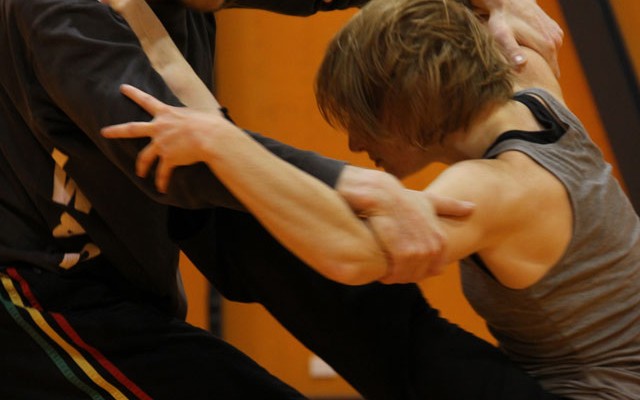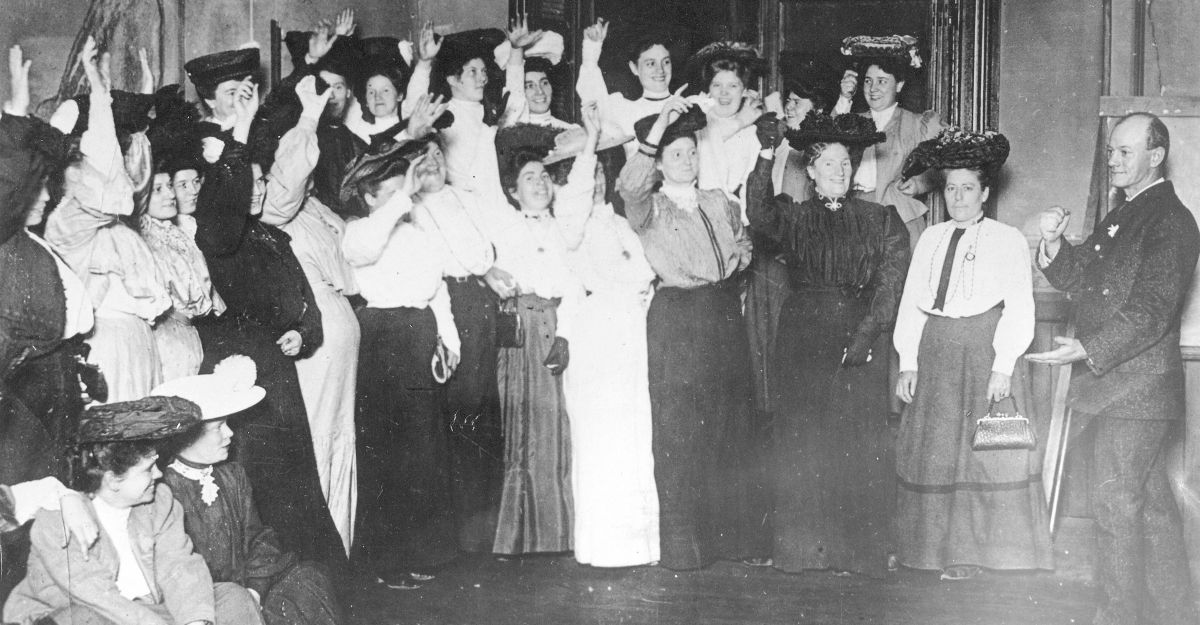Between a carved marble bust and a traditional staging of Medea, there is a fertile, ever changing landscape populated by the flickering lights and sudden aural assaults of installation art, the provocative musicology of artists like John Cage, and the unexpected joy of a flash-mob orchestra. To me, increasingly, the key to understanding a work of contemporary dance is locating its position on this vast, shifting terrain, and attempting to withhold — or, at least, momentarily quieten — that critical faculty which necessarily looks for an argument, a contention, a purpose in coded or uncoded performative language, in a form that necessarily throws into question conventional ideas of what makes a successful work of art.
I often find the experience of contemporary dance (and, indeed, much contemporary art) aesthetically frustrating, which is probably an improvement on finding it banal but makes it difficult to interpret in a meaningful way. The objective – to accept that why is often entirely the wrong question to ask – goes against the grain. Further to that, I very quickly find it problematic: meaninglessness has politics, too. When the most obvious route to questioning established conventions is by simply removing them, the resulting nihilism quickly turns barbarous – the audience feels as if they have been the victims of a cruel trick. That’s not to suggest that contemporary dance is by its nature meaningless or barbarous, but that because it is regularly engaged in the questioning of forms and boundaries, it willingly walks those more dangerous paths and readily embraces the subsequent aesthetic, social and political risk.
The intention of this piece is to celebrate rather than deride the performances I’ve seen this year, but I begin with the question of problematic politics because the works that have lodged themselves at the forefront of my memory for 2013 are those that frustrated and angered me, whether through their deliberate attempts to decontextualise symbols and obliterate meaning, or because the experience of them was simply excruciating. Antony Hamilton’s Black Projects is an experiment in the former, and while it is a widely praised work, I found myself increasingly irked by the conscious efforts at symbolic erasure that characterise the piece. I am also still trying to decide whether Tim Darbyshire’s More or Less Concrete – a performance noted for a pace so slow that movement was often imperceptible – is meant to border on the unendurable or whether I am simply not the audience for this work.
There were, however, some bright sparks, all the more so, in my mind, for the agility with which the boundaries of meaning were navigated by the choreographers.
The beauty of the thematic concern that underpinned Stephanie Lake’s Dual — that a whole can be more than the sum of its parts — was only enhanced by the elegant simplicity of its structure. Two solos with their own disparate soundtracks are followed by a third act in which the solos are performed simultaneously. The relationship that emerges in this third act transcends the experience of the previous two. It feels revelatory even as it reiterates what we thought we already knew about the nature of truth and subjectivity.
Conversation Piece by Lucy Guerin Inc and Belvoir sits somewhere closer to theatre than to sculpture, and was a highlight in my calendar this year. While still questioning form — particularly the relationship between theatre and dance — Guerin’s piece is an exploration of the malleability of language and the alterations of meaning that come about from simple changes in communicative context. The eight minute, unscripted conversation between the three dancers that opens the work is simultaneously recorded on six iPhones. These recorded conversations provide the base matter for the show, listened to and respoken by the dancers themselves and three actors, as all six move through the piece together. An idle joke becomes sinister with a mere shift in inflection. An observation is awkward, terrifying and hilarious at turns, depending on the body language of the speaker, the music playing at the time, or the omission of responses — the potential variations of context providing the narrative of the piece. As the substance of the conversation is an unknown quantity, the seamlessly shifting physical and tonal structures that are built to house its different iterations change the experience of the audience in every performance. The result is an unpredictable, lively, and thought-provoking work.






